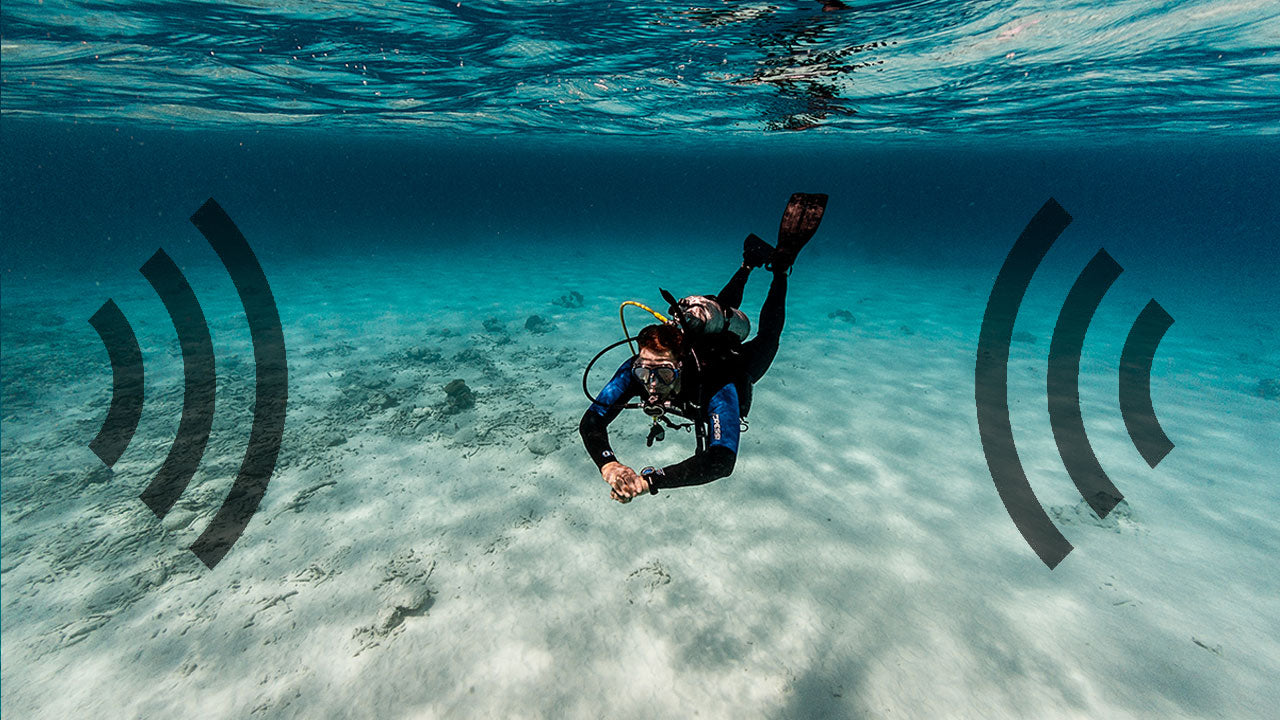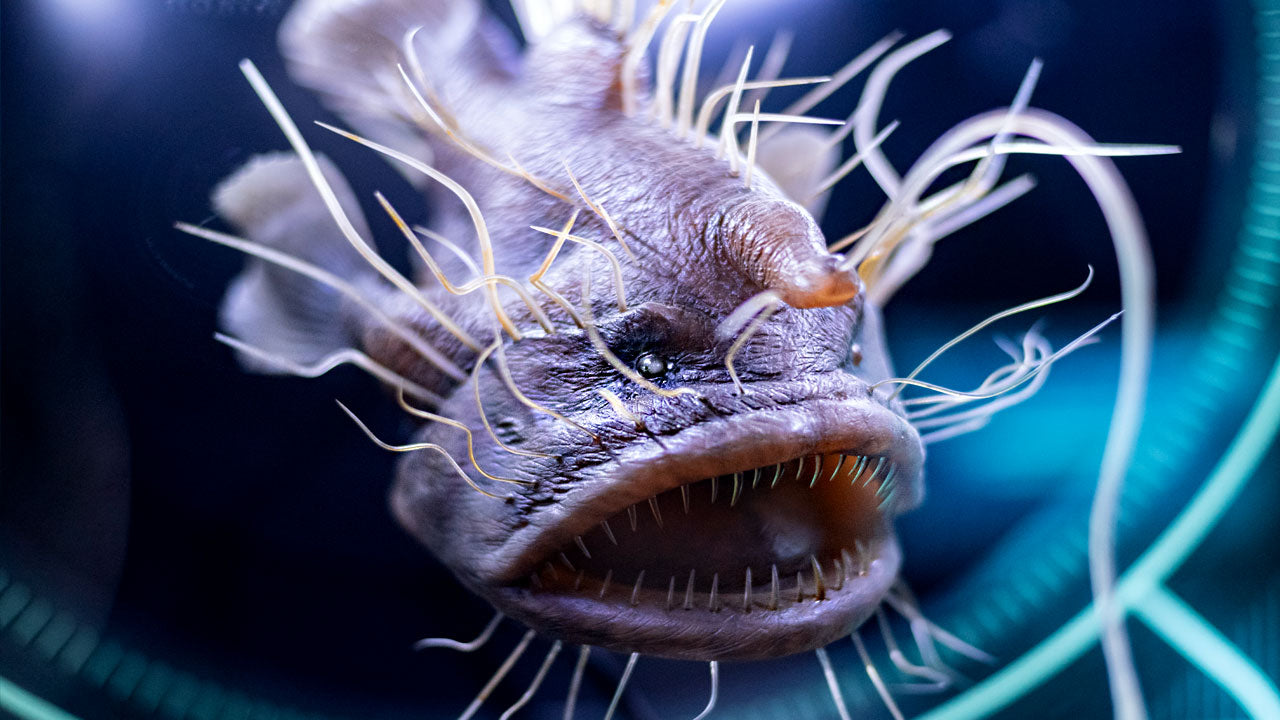Jellyfish: Facts and Fiction

November 3 is World Jellyfish Day, and we have decided to celebrate the event by recalling some of the most interesting facts and debunking common misconceptions about these fascinating creatures. So, let’s get started!
Jellyfish Myths
1. Jellyfish are all the same species.
Currently, around 2000 species of jellyfish have been documented, but scientists estimate that there could still be over 300,000 species yet to be discovered.



2. Jellyfish go after people.
Not true. Any contact with jellyfish is incidental. Humans are not on their menu, but when we are in their environment we can get in the way of their tentacles.
3. Applying urine to a jellyfish sting can reduce the pain.
The use of urine to treat stings has been tested and proven unhelpful. What should you do instead? Try an acidic liquid like vinegar or use one of the commercially available products marketed for stings. The vinegar is believed to help deactivate the stinging cells and prevent the sting from spreading to other areas when you attempt to remove the tentacles. After you apply vinegar, you should pluck off the tentacles with tweezers. Scraping them off or rubbing with sand (another recommended approach) triggers any active stingers to release more venom, so you want to delicately lift the tentacles off the skin. Finally, you should apply heat to the area.

Jellyfish Facts
1. Jellyfish are the oldest multicellular animals on the planet.
Scientists have discovered jellyfish fossil snapshots in rocks believed to be more than 500 million years old. That makes them even older than dinosaurs!
2. Jellyfish don’t have brains.
They don’t have a heart, lungs, or a skeleton either! So how do jellyfish live without these vital organs? Their skin is so thin that they can absorb oxygen right through it, so they don’t need lungs. They don’t have any blood so they don’t need a heart to pump it. And they respond to the changes in the environment around them using signals from a nerve net just below their epidermis, so they don’t need a brain to process complex thoughts.
3. There’s not much to a jellyfish.
Jellyfish are between 85% and 98% water. If they wash up on the beach they’ll almost disappear as their water evaporates.

4. Some jellyfish have eyes.
Although they are among the world’s simplest animals, some jellyfish, such as box jellies, are equipped with as many as two dozen eyes - not primitive, light-sensing patches of cells, as in many other marine invertebrates, but true eyeballs composed of lenses, retinas, and corneas. These eyes are paired around the circumference of their bells, one pointing upward, one pointing downward - giving some box jellies a 360-degree range of vision, the most sophisticated visual sensing apparatus in the animal kingdom. Of course, these eyes are used to detect prey and avoid predators, but their main function is to keep the box jelly properly oriented in the water.
5. Jellyfish can have super long tentacles.
The lion’s mane jellyfish is the world’s largest jellyfish species. It can have tentacles that are over 27 meters long - longer than the size of the blue whale which is the biggest mammal in the world!
6. Jellyfish have been to space.
In May 1991, 2,478 moon jelly polyps and babies were launched into outer space aboard the Space Shuttle Columbia. Biologist Dorothy Spangenberg of the Eastern Virginia Medical School wanted to learn about how weightlessness affected the development of juvenile jellies. She monitored calcium loss in the jellies, which by extension could further scientists’ understanding of humans’ calcium loss in space. When jellyfish came back to Earth, the scientists discovered that the space-born jellies couldn't figure out how to deal with gravity.
7. One species of jellyfish may be immortal.
Most jellyfish live anywhere from a few hours to a few months. But a species of jelly called Turritopsis dornii may be immortal. The jelly reportedly can reverse its lifecycle, transforming from an adult medusa back to their earliest form, a polyp, and thus, theoretically, can cycle endlessly from adult to juvenile form. Although this is very impressive, T. dornii can - and do - die, as they often succumb to predators or disease.




